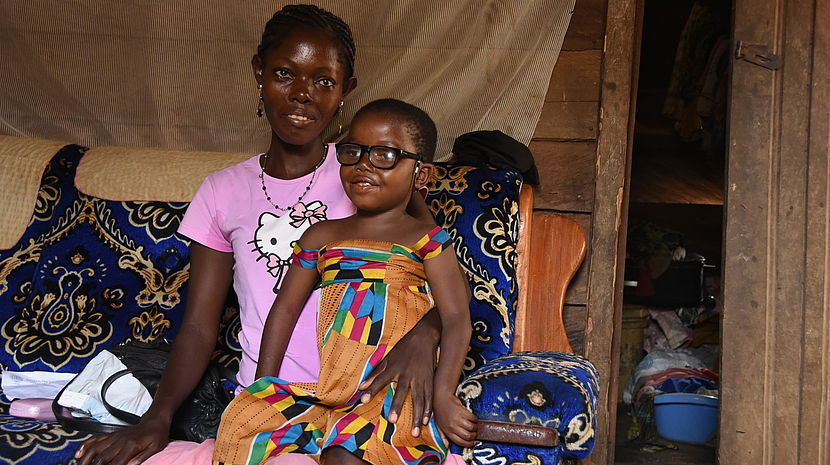CBM publishes its Neglected Tropical Diseases Report 2018

163802
CBM
The NTD Report 2018 provides details of our work in NTDs in 10 countries across the globe.
What are Neglected Tropical Diseases (NTDs)?
Neglected Tropical Diseases (NTDs) are primarily parasitic and bacterial infections that thrive in impoverished settings, especially in the heat and humidity of tropical climates. They are spread by insects, contaminated water and soil infested with the eggs or larvae of worms.
NTDs affect the poorest populations in the developing world living in remote, rural areas, urban slums, or conflict zones where there is little money for medication and health care. One sixth of the world's population — more than one billion people — suffers from one or more NTD. NTDs cause great human misery, often aggravated by social stigmatization and discrimination, especially for women. They cause pain, disfigurement, and disability (mental and physical), and result in about half a million deaths each year.
Download CBM NTD Report 2018
More than 1 billion people – one-sixth of the world’s population – are affected by one or more NTDs, and another 2 billion people are at risk, mainly in the tropics and sub-tropics. Take a look at our Neglected Tropical Diseases Report 2018 for more information about our work with NTDs.
Neglected Tropical Diseases Report 2018
CBM’s work with NTDs
CBM supports NTD control and elimination programmes in areas where these diseases are identified as a public health problem. It has been successfully involved in the prevention of blindness from onchocerciasis and trachoma for more than 25 years. Building on its experience and expertise, and on its long-standing relationship with partner organisations and their networks all over the world, CBM is fully committed to engaging in fighting the five major NTDs (trachoma, onchocerciasis, lymphatic filariasis [LF], schistosomiasis [SCH], and soil-transmitted helminths [STHs]).
However, it is important to recognise the need for a comprehensive Continuum of Care (CoC) for the many people already affected, in order to address morbidity, reduce suffering caused by the diseases, as well as their social and economic effects (e.g. stigma, discrimination and poverty). The aim should be to restore full participation in family and community life. In this context – and in line with the SDGs and CBM’s Disability Inclusive Development (DID) and Community Based Inclusive Development (CBID) approach – we promote fully comprehensive, integrated and inclusive (accessible, barrier-free) NTD programs that build on effective intersectoral collaboration and contribute to strengthening national health systems in a sustainable way.
CBM is dedicated to working with partners at the global, regional and country levels to support national programmes and their efforts to control or eliminate NTDs in line with WHO and national programme guidelines.
Inclusion in eye health
‘Inclusion Made Easy in Eye Health Programs’ is designed for program staff in international development organisations. It is a brief, practical guide on how to ensure eye-health programs are disability-inclusive.
Inclusion in Eye Health Guide